We have much more to do and your continued support is needed now more than ever.
5 Ways Restoring the Gulf’s Estuaries Will Help Wildlife
The Deepwater Horizon oil rig exploded on April 20th, 2010, but the restoration process is still underway. Payments from BP’s 2016 settlement will flow to the Gulf annually through 2031. In total, from all the various oil spill penalties, a total of $16 billion is available for restoration—an astonishing sum. How can we best use this money to improve the health of the Gulf?
The National Wildlife Federation’s online report Making the Most of Restoration: Priorities for a Recovering Gulf describes projects across all five Gulf states that will create long-term benefits for the Gulf of Mexico. The recommendations emphasize restoring estuaries—the places where rivers flow into the Gulf—which are important nursery grounds for many species of marine life. Restoring these key coastal ecosystems should benefit the species of wildlife below:
BLUE CRAB
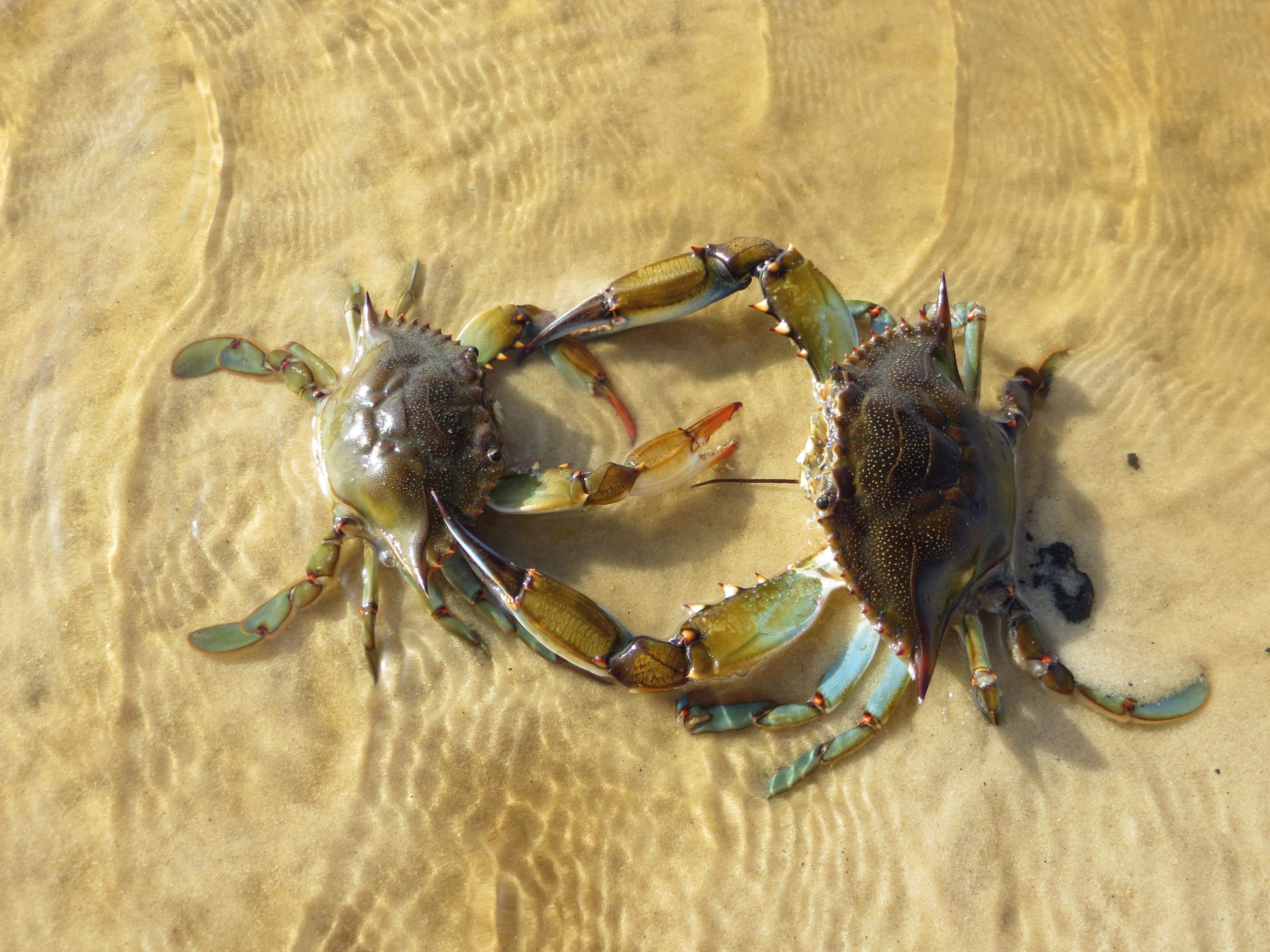
Blue crabs are one of nature’s survivors. This tough little creature—whose scientific name Callinectes sapidus translates to “savory beautiful swimmer”—is a critical part of the Gulf’s food chain, eaten by a wide variety of species from the Kemp’s ridley sea turtle to the whooping crane to many different kinds of fish. In addition, blue crabs are one of the most economically important fisheries of the Gulf.
Blue crabs rely on estuaries to feed and reproduce. When the amount of fresh water flowing into an estuary drops significantly, blue crab populations drop as well. Many of the recommendations in our report look at ways to re-create natural balances of fresh and saltwater within the Gulf’s estuaries. The report also recommends several “living shoreline” projects that would create seagrass beds—favored habitats for blue crabs.
KEMP’S RIDLEY SEA TURTLE
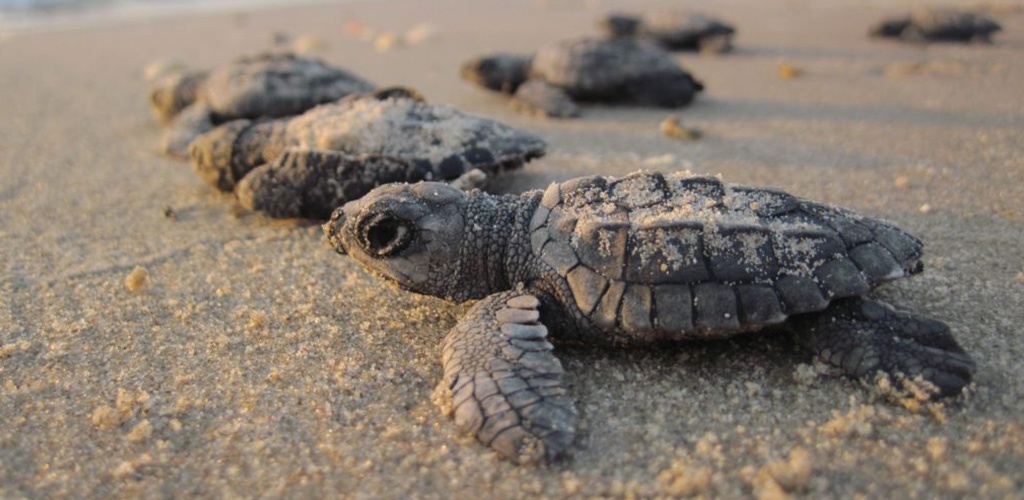
The smallest sea turtle in the world—and the most endangered—lives almost exclusively in the Gulf of Mexico. Once on the brink of extinction, the Kemp’s ridley had been making remarkable steps towards recovery and was considered a something of a poster child for successful endangered species recovery efforts.
But the oil disaster may have changed the outlook for the Kemp’s ridley. The federal assessment of damage from the oil spill estimates that as many as 20 percent of the Kemp’s ridley nesting females were killed during the disaster – which may explain why the species’ nest counts have been significantly below expectations since 2010.
While the Kemp’s ridley spends much of its life in the saltier waters of the Gulf, it is also frequently found in the Gulf’s estuaries—perhaps seeking one of its favorite foods, the blue crab. Anything that we can do to improve the health of the Gulf’s estuaries should also benefit the Kemp’s ridley. The federal damage assessment process has already funded an extensive effort to directly help the Kemp’s ridley by monitoring populations and limiting bycatch.
OYSTERS
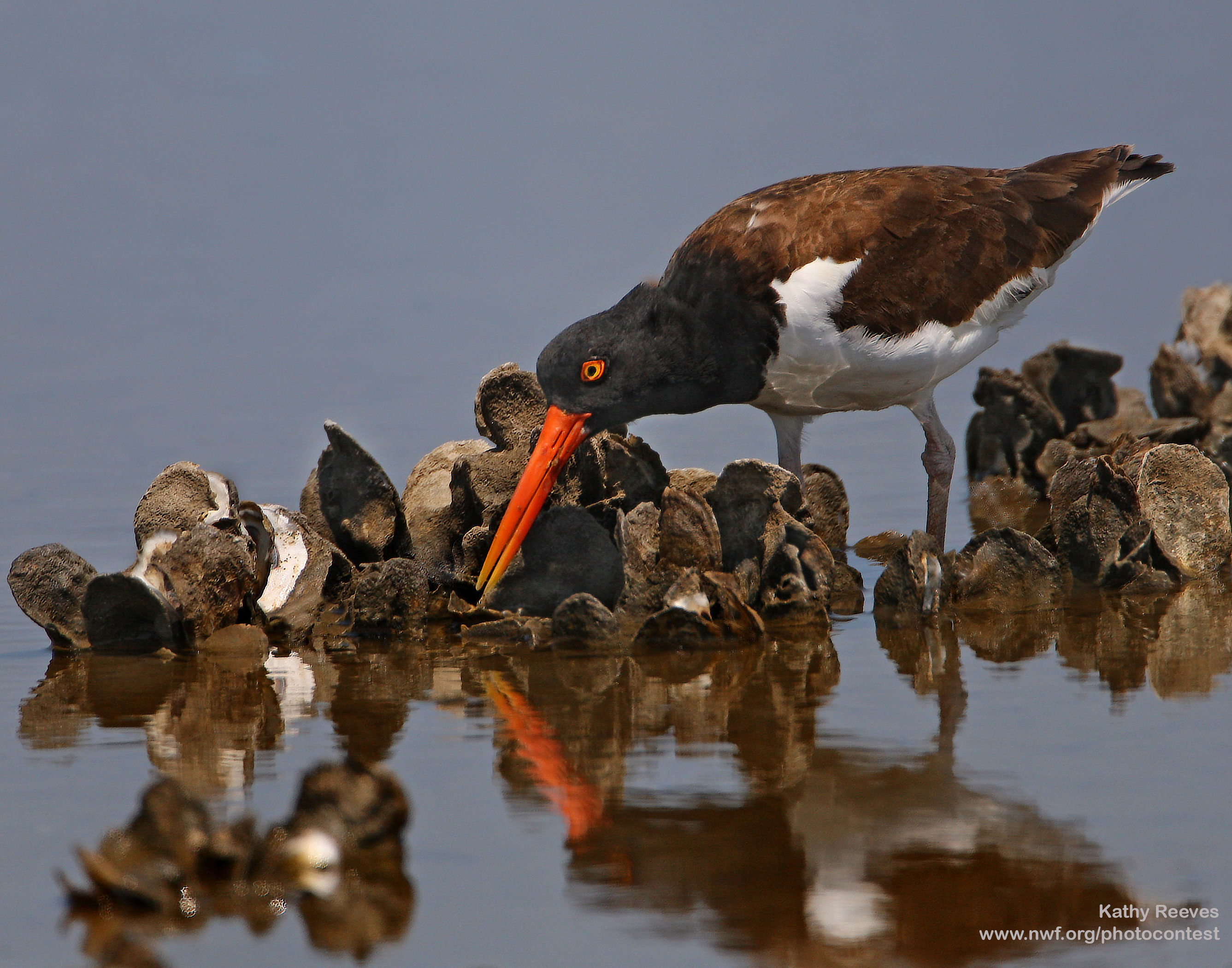
Oysters are not just a treat for seafood lovers; these humble bivalves play an essential role in the ecology of the Gulf. An adult oyster can filter as much as 50 gallons of water per day, and oyster reefs provide important foraging and refuge habitat for hundreds of different species, including many economically important species of fish, such as redfish.
But oyster reefs have declined dramatically across the Gulf’s estuaries for a multitude of reasons, including overharvesting, dredging, and changes in the quality, quantity and timing of water flowing into the Gulf’s estuaries. We support efforts to restore oyster reefs across the Gulf.
WHOOPING CRANES
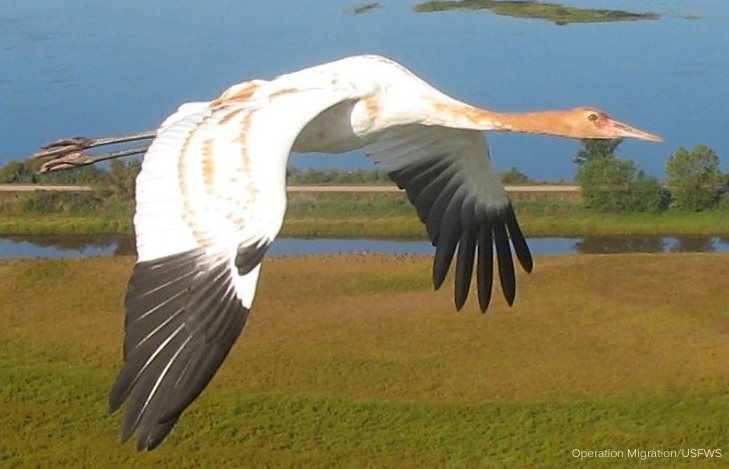
The Texas coast is the winter home of the last wild flock of whooping cranes. These majestic birds winter in and around the Aransas National Wildlife Refuge on San Antonio Bay, where they feed mostly on blue crabs. The whooping crane’s continued recovery largely depends on San Antonio Bay continuing to support robust populations of blue crabs. Unfortunately, Texas’ intense drought of 2011-2013 resulted in little fresh water making it to the bay, which was hard on blue crab populations. Our report recommends a project to directly benefit the winter home of the whooping crane.
MANATEES
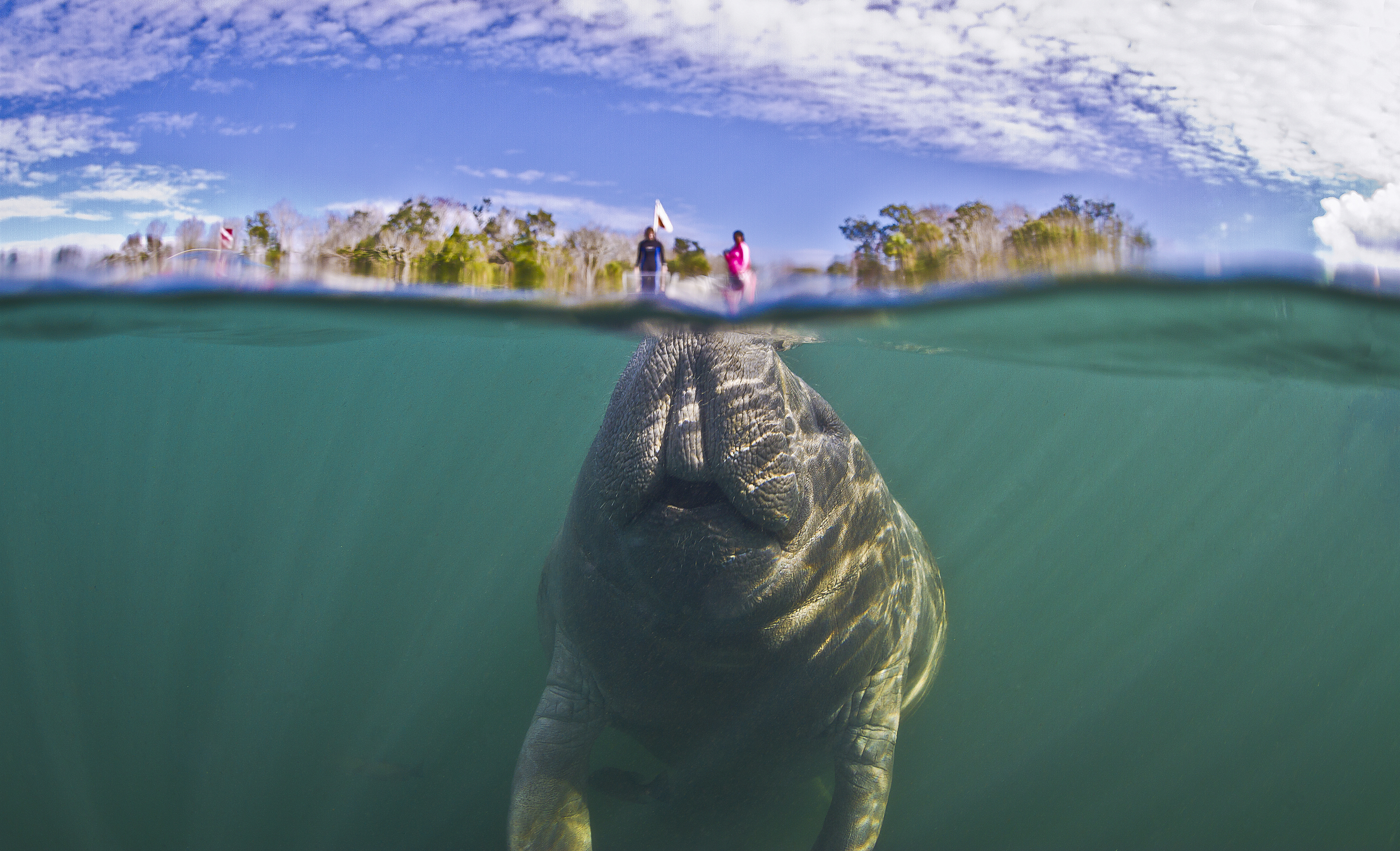
These gentle, slow-moving creatures are the only marine mammals that eat only plants, particularly sea grasses. Manatees are found across the Florida coast and they also spend a significant amount of time in brackish estuaries and even in fresh water. Efforts to restore more natural water flows within the Everglades will help reduce toxic algae outbreaks and protect seagrass beds in three key estuaries for manatees.
(Blog updated 9/16/2019)






















